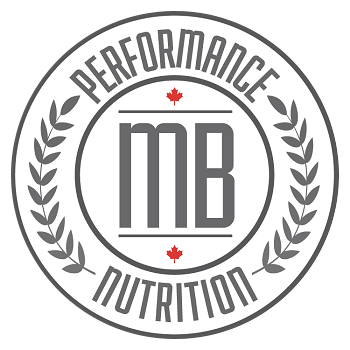Last updated on January 11th, 2024
Want to eat healthier? Who doesn’t?! On a budget? Who isn’t?!
Thankfully, healthy eating and saving money don’t have to be opposing concepts.
Sure, hunting down exotic superfoods all over your city and the three cities over is definitely expensive.
Sure, packaged specialty foods (keto, gluten free, vegan) can be more expensive than their regular counterparts.
Sure, a pantry full of supplements is expensive.
But a minimally processed, nutritious diet does not have to come with a steep price tag that breaks the bank.
We’ve broken down some simple strategies that will do your body and your bank account good.
Plan home-cooked meals
While ordering in may save time, it likely won’t save you calories or cash. In fact, it can sometimes be as much as five times more expensive to order delivery from a restaurant than it is to cook the same meal at home, according to data analysis by Forbes. Try to resist visiting a drive-through or ordering takeout and prepare meals at home instead.
One of the best approaches to saving money on groceries is to plan ahead. At the beginning of each week, choose healthy meals to cook, compile a list of required ingredients and hit the grocery store. This way, you will avoid fast food runs made in a bind, and will only buy food that you need.
Look for inexpensive foods
So, what budget-friendly meals should you plan? I recommend my clients eat lean protein and colourful plants with each meal. This practice can be met affordably.
Protein – If you prefer meat as a protein source, opt for lean meats like chicken and turkey. Consider buying in bulk and freezing what you don’t use. If buying ground beef, ensure it’s at least 93 percent lean.
While fish tends to be an expensive protein option, canned tuna is an exception. A can of light albacore tuna generally sells for $1.00 to $1.50 and contains 20 grams of protein or more.
Eggs are not only a good source of protein, but also contain vitamins, minerals, antioxidants, and healthy fats. A dozen eggs cost, on average, $1.54 in the United States and about $3.37 in Canada.
Beans and lentils are good plant-based sources of protein that can be very affordable, especially when bought dried, in bulk. A one-pound bag of dried black beans retails for $1.14 on WalMart.com, while 1.5 lbs of dried lentils go for $1.98.
Colourful plants – Ensure you’re consuming a variety of nutrients by including at least a fist-sized amount of vegetables or fruits with each meal. While fruits and veggies are good for the body, some are pricier than others. The United States Department of Agriculture lists some of the least expensive fresh vegetables as whole carrots, baby carrots, green cabbage, romaine lettuce, cucumbers, celery stalks, cauliflower, green peppers, sweet potatoes and spinach. Inexpensive fresh fruits include watermelon, bananas, cantaloupe, apples, pineapples, peaches, pears, papaya, oranges and nectarines.
Fresh produce not your thing, or not readily accessible? The frozen and canned varieties are still nutritious, according to the Academy of Nutrition and Dietetics. Just make sure that, when choosing canned vegetables, you look for “no salt added” or “low sodium” on the label. Ensure canned fruit is either canned in water, 100 percent real juice or its own juices to avoid excess sugar.
Carbs – Round out your plate with one to two handfuls of “smart carbs”, depending on your activity level. Look for whole grains, which are sources of fibre, antioxidants, and B vitamins.
One good choice is oats, which are versatile, high in fibre and usually cost about 20 cents per serving in the U.S., according to the Financial Counseling Association of America. Similarly, brown rice is relatively low calorie, high in fibre and easy to incorporate with a variety of foods.
Along with eating right, staying hydrated is essential to a healthy lifestyle and your performance as an athlete. I recommend most people drink at least half their body weight in ounces of water per day. If you regularly consume other beverages, like soda or juice, consider switching them out for water. Not only will you be hydrating your body with fewer calories, but you’ll also be saving the money you would have otherwise spent on non-water beverages.
Eating healthy on a budget can be made less intimidating with a little extra research and planning. The switch will be well worth it, both for your health and finances.


